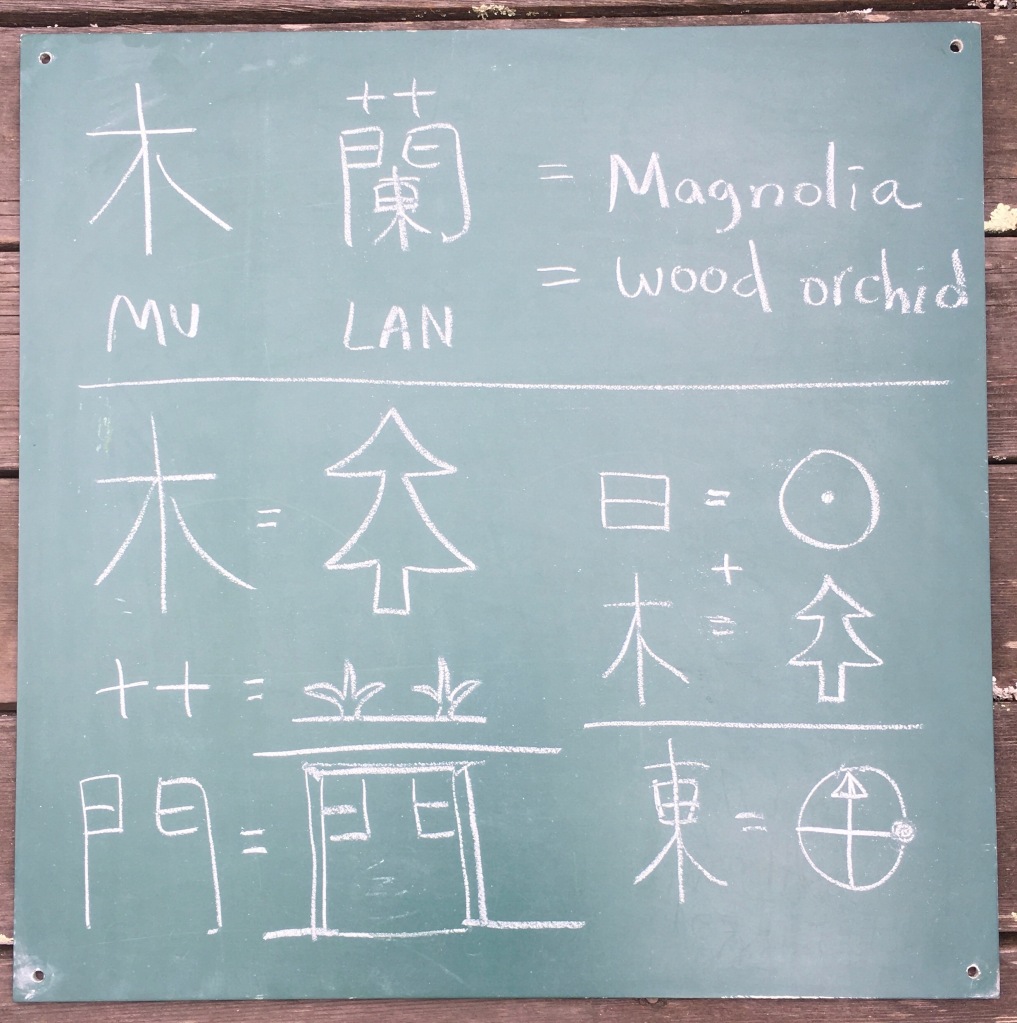Random notes
The best thing about studying plants is that they are everywhere
they make life interesting and worth noticing cause they come in infinite forms and variations
even when theres no blooms its fun to touch some stems, rub some leaves, and look at the ground at your feet
This here is a random collection of botanical notes thats been simmering
Guess we’ll start at the botanical garden
gardener mentioned that there was a tree in decline in South Africa section Cape Province
worth a look and be nice to propagate it, if it is the last one around

so maybe you walk by the same corner a thousand times
but pay no attention to the trees or creatures around you
then you’re like ‘wow I have never seen you before, what have I been doing?’
that was my reaction, so I said hi to the tree named Widdringtonia
it was labeled and everything, bed number clear and easy to see right there
that plunged me into an investigation of its cones, its seeds, and its nearest relatives
following this little branch of a family of trees
Turns out the cypress family is divided into seven subfamilies
Almost all of them I had shook hands with once or twice, or at least known a close cousin or two
even grown a bunch of little seedlings of swamp cypress from New Orleans and dawn redwoods from China
but this one subfamily, I had no clue, absolutely nothing on em
they from the southern hemisphere where they are looking up at the southern cross not the north star
lucky research is easy these days and I pulled up most of their weird names
folks that go by Diselma and Libocedrus and Papauacedrus
well the botanical garden is organized by the curators into beds with numbers
that way you know what you got, where

I found just a few members of this subfamily called Callitroideae scattered here and there
then tried to organize it a little bit in my mind for that dream expedition to parts unknown
tropic of capricorn, cape of good hope, or the guinea highlands full of pigs and taro

but the journey starts here, in the botanical garden
I challenge you to go and look for em all, as many as you can find
Callitroideae
Few weeks back was wandering in northern california, picking up burnt chunks of madrone, greeting the fresh oak leaf resprouting from the bases
and scouting for animals

does anybody else like to do ground botany?
like botanize just from following deer trails and eyes pegged on the fallen things of the world?
no need to look up, just scan back and forth at dirt and poo and footprints
no need for pretty flowers or colored leaves, just enjoying the dead brown stuff you step on

after processing, this was came out of the smoker

Along the lines of things insignificant and not noticed
or creatures so common you forget about or dismiss
or objects with parts so similar you like ‘blah they all the same’
is the family of plants called grasses Poaceae
alright I love this family more than almost any other
but I suck at identifying them just no good at it
not sure if its the patience that is lacking or the basic lazy nature inherent within
anyways did jot down some notes for a training I did while working for the government twenty years back, thought I’d share it with you and dedicate it to other novices like myself
the best place to start learning about anything is always right close to home
lets see if any of you know where this is, and can notice the little clumps of perennial native grasses nestled within the stands of annual rattlesnake grass
The bonus picture is something else that is emerging already out of its dormant summer slumber
(its december and theres only been one rain, still there it goes…)

a plant that is useful as soap or as a fish poison in olden indian times
10 points extra credit if you can guess what it is…
In the end it always seems to come back to the earth and the land
that is what keeps us grounded
had these couple of illustrations for a video on magnolias
somehow they did not make it into the cut, so they are here
one is the explanation for the the chinese characters that make up magnolia, mu and lan
just like the disney character

and the second is a geographical explanation of province (like states) names in china
so instead of awkward sounding words like bing fang lang nang fing fong ching chong
a little translation helps understanding

you can see the layout of the country and likely major geographical features
if anything it reminds me of indian tribe names here in california
where cool words like Yurok or Karuk just mean down river or up river
the river full of salmon that is, and grizzlies fishing on the banks
what is in a name anyways after all?
is it something someone else calls you, or something you call yourself
not sure…












